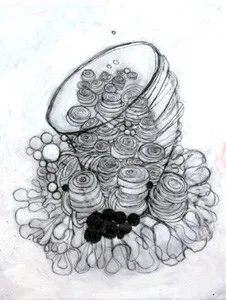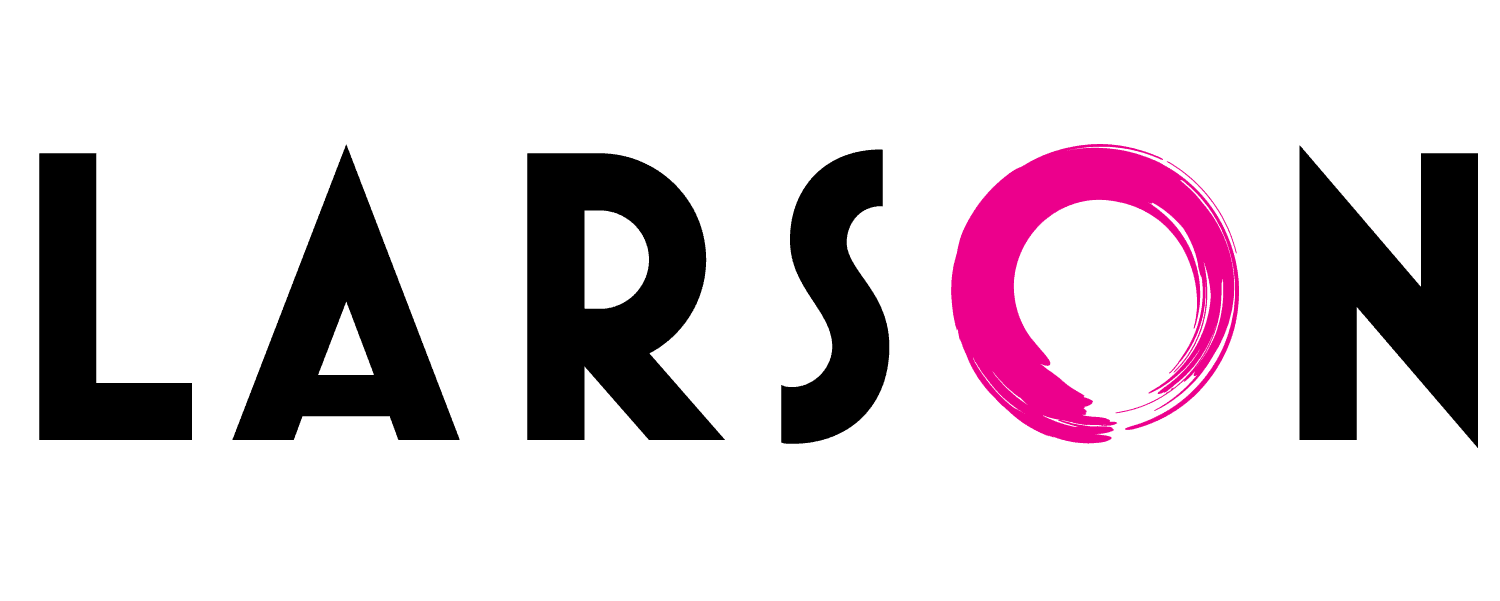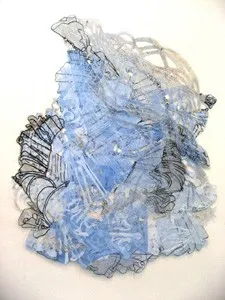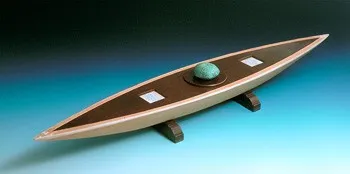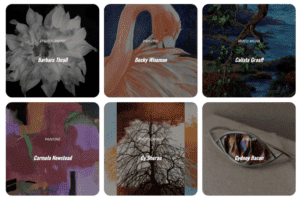Through the years I have watched Lynda’s work evolve as she expands notions of the “organic” and merges idea with material. The sensuous surfaces of her cast glass, hydrostone, fossil and bronze pieces seemingly chart a geological past that poetically speaks to us in the present.
Time, space, science and the unknown add unconscious ephemera to the experience of viewing each work, whether it be an earlier piece such asAsh to Ash or the more recent work in which elliptical vessel–like forms navigate space both vertically and horizontally.
Sea Urchin Vessel andShell Spiral I are two good examples of the artist’s captivation with the elliptical/vessel forms and evidence her desire to echo the basic natural underpinnings of design and structure that we find throughout nature. Susan Platt addresses this idea of form and structure in her 2007 essay referencing Rockwood’s Mapping Strata exhibition at the Francine Seders Gallery in Seattle. Platt states:
“Stratascape I flows through two-dimensional space as an asymmetrical landscape supporting a cast bronze vessel and trilobite. The real scale of the trilobite anchors the work. The rough edges of the vessel, created by manipulating the mold, suggest an artifact just taken from the earth.
Inside the vessel is another bronze trilobite, a wonderful contradiction, since the trilobite flourished millions of years before bronze casting began. Bronze plate, fabricated on a horizontal plane, comprises the larger shape of Stratascape I. Diagonal cuttings invoke strata. The undulating lower edge and the roughly cut upper edge imply yet other dimensions. The rigorous application of layers of patina relies on known and accidental reactions; chemistry to suggest dense sedimentation….
In the four Strataspades, a trowel-like shape supports a glass vessel formed of under fired frit glass creating a texture that suggests granulated snow. But this “iced” glass glows with color: chartreuse, light amber, sienna, spring green, olive green, aquamarine, and turquoise. They mingle, but do not fuse, leaving layers of deposit.”
This sense of layering, by means of stratification, is evident in nearly all of Rockwood’s work. Her interest in land forms and nature were influenced, in part, by family visits to the Naches Valley, where her great grandfather, William Samuel
